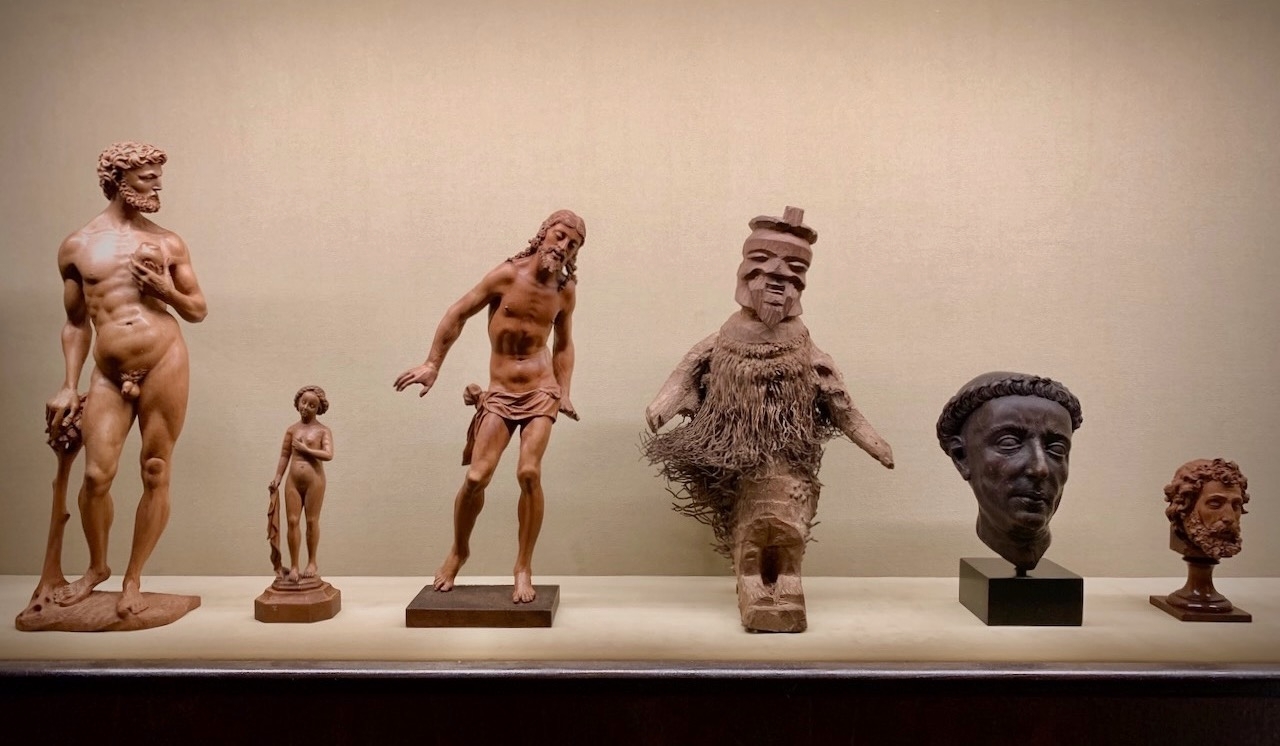In 2021, museums still bring mummies for exhibitions in Tokyo and Helsinki. There they stay, on lease for three months, encased in glass, under surveillance, with climate control, insured for millions of euros, for a leisure visitor to look at them, at best, for a couple of minutes. Is this the way to share knowledge about cultural heritage?
These exhibitions entertain populations of big cities, but are inaccessible to everyone else. One has to be in the right place at the right time to get access to knowledge.
An exhibition that involves objects of high value won’t ever come to a medium-sized non-capital city in Siberia, Romania, or anywhere else in the world due to costs involved. So how can museums become more accesible?
Here’s how I see the museum of the future.
1
In the future, the museum will continue to be primarily a research institution. It will also become a media, creating and publishing narratives that tie its collection together.
2
Museum won’t be limited to the physical space and the collection on display. Exhibits will be complemented by their accurate digital representations. These can be projections, accurate 3D models, videos, holograms — it doesn’t matter much.
I avoid calling those “copies”, as they are not inferior to the original but offer a different angle for considering the objects. Sometimes, they’ll provide better access to those objects. At the very least, for the lack of plexiglass.
3
Repeatability will enable the creation of various contexts and stories around the same collection, online and offline.
4
Museum will issue licenses for its digital collection. Sell NFTs if you wish. In fact, such “tribute” experiences already exist.
It will become easier to make exhibitions across departments and museums, making connections and telling stories that weren’t possible to tell before.
5
This will allow the museum to go beyond its actual space. The same exhibition will go live in many cities at once, reaching places it has never come before. Think of the museum as the new cinema.
6
The entire experience will be mirrored online, but not in the way we think of it today.
7
“I’ve been to Tate in the Metaverse, but it’s even better in person.
Let me show you my favorite room”.
The value of the museum as a physical space, and the collection within, will only increase over time. Everything real will inevitably have a higher value as we think more about the Metaverse.
The new digital experiences will enable learning about an object, a time in history, or a place without actually being there — making an actual visit feel more familiar and intentional.
